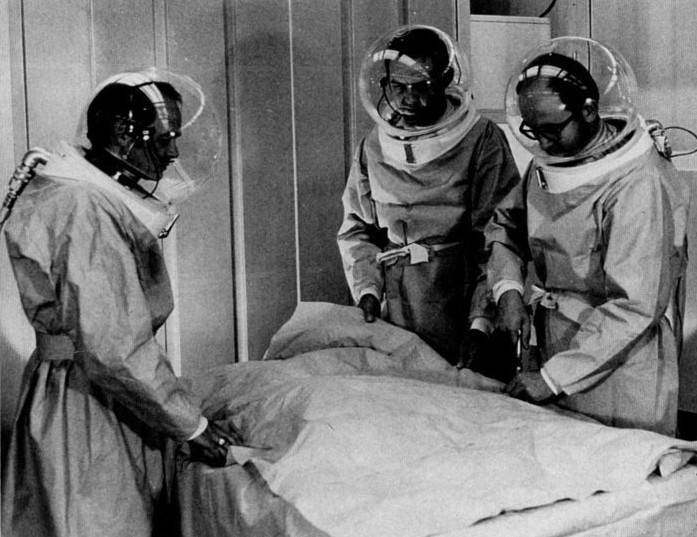For all its ethical quandaries, the race to biotechnological supremacy is one America can ill-afford to lose to China, especially as CRISPR and other tools that emerge will likely make possible incredible medical cures and and agricultural and environmental advances. It’s a new kind of Space Race, though one contested in inner space rather than outer space.
Good thing the U.S. will have a steady stream of brilliant scientists and researchers immigrating here because will need all the help we can get. Oh wait, I forgot, the old lady sent the email and the unqualified orange supremacist got elected, so now we’re fucked.
Well, Russia led early in the race to the moon, so it doesn’t mean we’re doomed because China has gotten the jump on us, but, wow, smart immigrants.
From David Cyranoski in Nature:
A Chinese group has become the first to inject a person with cells that contain genes edited using the revolutionary CRISPR–Cas9 technique.
On 28 October, a team led by oncologist Lu You at Sichuan University in Chengdu delivered the modified cells into a patient with aggressive lung cancer as part of a clinical trial at the West China Hospital, also in Chengdu.
Earlier clinical trials using cells edited with a different technique have excited clinicians. The introduction of CRISPR, which is simpler and more efficient than other techniques, will probably accelerate the race to get gene-edited cells into the clinic across the world, says Carl June, who specializes in immunotherapy at the University of Pennsylvania in Philadelphia and led one of the earlier studies.
“I think this is going to trigger ‘Sputnik 2.0’, a biomedical duel on progress between China and the United States, which is important since competition usually improves the end product,” he says.•



